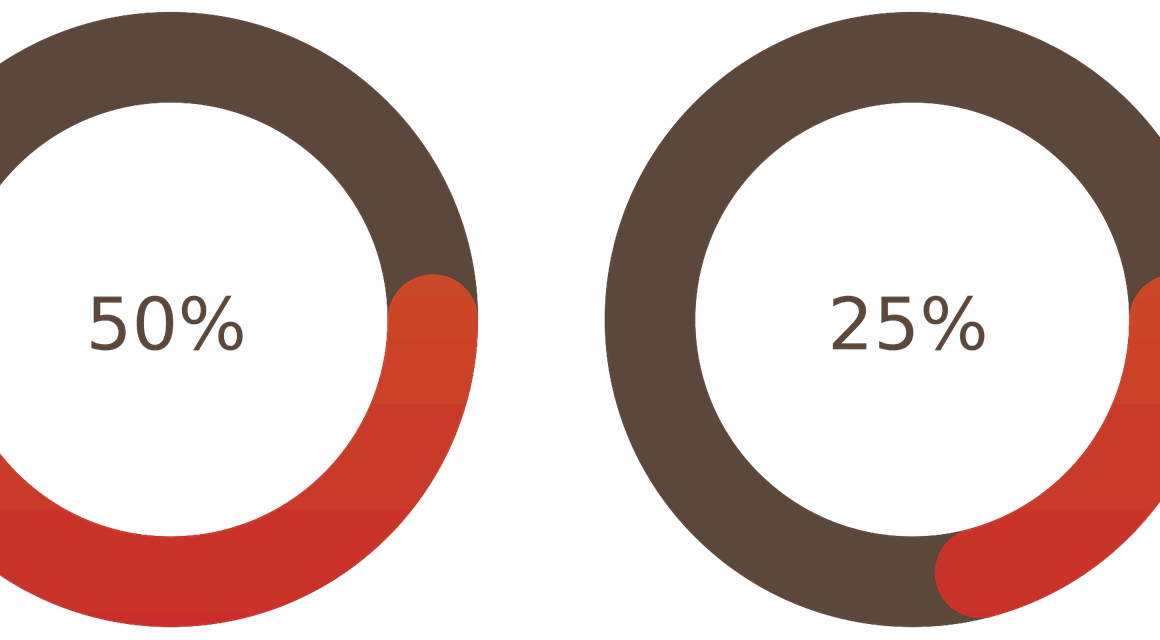The Role of Sports-Specific Fitness Apps in Rehabilitation
In today’s digitally connected world, sports-specific fitness apps have emerged as vital tools in rehabilitation processes. Athletes and fitness enthusiasts recovering from injuries can harness these apps to monitor their progress, adhere to their rehabilitation protocols, and receive personalized guidance. By integrating technology and training methodologies, these applications cater to individual needs, ensuring a more efficient recovery. They provide targeted exercises focusing on specific injuries, helping users regain strength and flexibility while minimizing the risk of re-injury. In addition to tracking physical progress, many apps offer educational resources, such as videos and articles, to enhance user understanding of their rehabilitation. This knowledge empowers users to make informed decisions about their health and fitness. Sports-specific fitness apps can also facilitate communication between athletes and coaches or physical therapists, enabling better oversight during rehabilitation. Using these tools, users can record their experiences, note any changes in symptoms, and share this information during medical consultations. Therefore, integrating technology in rehabilitation through sports-specific fitness apps promotes better outcomes and faster returns to the competitive arena, benefiting both athletes and coaches alike.
Recovery plays a critical role in any athlete’s journey towards peak performance, making rehabilitation a focal point for sports-specific fitness apps. These apps are tailored to address the particular needs and challenges associated with different sports, ensuring that guidelines align with physical activities. For instance, a runner recovering from a knee injury may need different exercises and progressions than a swimmer with a shoulder issue. Therefore, the customization of workouts based on specific sports maximizes effectiveness. In addition, many apps feature built-in progress trackers, offering users a visual representation of their achievements throughout the recovery process. This visual feedback can boost motivation and adherence to rehabilitation protocols. Moreover, the interaction and engagement provided through gamified features can enhance users’ experience. Features like points, badges, and challenges keep users involved and accountable in their recovery journey. By providing structured, escalating exercises guided by scientific principles, these apps help rehabilitate strength while ensuring a holistic approach. Engaging with a community of users who face similar struggles and triumphs can also be beneficial for motivation. The use of sports-specific fitness apps fosters a supportive environment for athletes during their rehabilitation experiences.
One advantage of sports-specific fitness apps is their accessibility. With a smartphone or tablet, users can access their rehabilitation programs anytime and anywhere, ensuring consistency in their recovery routines. This flexibility can lead to better adherence to exercise protocols, crucial for successful rehabilitation. Apps often feature reminders and alerts to prompt users to perform their exercises on schedule, creating a seamless integration into their daily routines. They can also provide options for varying intensities, such as modifying workouts based on how an athlete feels that day, personalizing the recovery process. Moreover, many apps encourage the use of progress photos or videos as documentation of recovery milestones. This personal aspect can greatly enhance motivation, helping athletes visualize their journey and progress. Additionally, features that allow users to connect with trainers and therapists directly within the app enhance the level of support available. Utilizing functionalities such as video calls and messaging can further personalize the rehabilitation experience, making feedback and adjustments to recovery plans instantaneous. Thus, the flexibility and support provided by sports-specific fitness apps are key factors that contribute to their effectiveness in rehabilitation.
Integration of Technology in Rehabilitation
Regarding implementation, sports-specific fitness apps often utilize wearable technology to track an athlete’s physiological parameters. Devices can monitor heart rate, activity levels, and body metrics in real-time, allowing for data-driven decisions regarding recovery protocols. This information helps therapists adjust rehabilitation strategies for optimal results. For instance, if a user experiences elevated heart rates during a low-intensity exercise, it may signal that modifications are necessary. Therefore, wearable technology enhances the precision of rehabilitation efforts, promoting safer, more effective recovery processes. Furthermore, these integrations foster a data-sharing environment among users, therapists, and coaches. This access to analyzed outcomes empowers professionals to implement evidence-based practices, encouraging faster recovery times. Another essential aspect is incorporating user feedback and experience, which allows app developers to improve their offerings continuously. Understanding the challenges faced during rehabilitation enables a constant loop of enhancement and adaptation. Users can also participate in sharing their success stories within the app community, creating a supportive and motivating atmosphere. Ultimately, integrating technology with sports-specific fitness apps leads to a comprehensive approach in rehabilitation, blending data into practical solutions for enhanced athlete care and recovery.
Moreover, sports-specific fitness apps are not only beneficial for rehabilitation but also serve as tools for prehabilitation. Prehabilitation refers to the process of preparing individuals for surgery or to prevent injuries by enhancing strength and flexibility through targeted exercise. Athletes can position themselves for successful surgeries by utilizing these apps before injury or surgery, focusing on building resilience. Users can access tailored preventative programs, equipping them with knowledge about their bodies and encouraging proactive behavior towards injuries. Emphasizing the importance of maintaining a balanced muscle-to-strength ratio, sports-specific fitness apps ensure users remain engaged in physical activity, reducing the likelihood of injuries. Additionally, prehabilitation curated within these apps helps in managing the transition back to full performance post-injury. By following customized protocols while in recovery, athletes can gradually re-enter their sport with confidence. Hence, embracing sports-specific fitness apps as tools for both rehabilitation and prehabilitation fosters comprehensive development in athlete care. The multifaceted approach of these applications not only aids in recovery but also empowers users to maintain long-term health and performance, ultimately benefiting each athlete.
Community support is another vital component integrated into sports-specific fitness apps. Many applications offer forums or social platforms where users can connect, share their experiences, and provide encouragement during rehabilitation efforts. This aspect fosters a sense of belonging and camaraderie among athletes facing similar challenges. It can alleviate feelings of isolation associated with recovering from injuries. Users can share insights, tips, and motivational messages or even challenge each other to improve their performance. Consequently, online community interactions facilitate mental well-being and emotional resilience, both crucial during rehabilitation. The sense of accountability gained through social interactions can inspire users to adhere more closely to their recovery protocols. Additionally, apps may facilitate group challenges or collective goals, heightening motivation through community-driven initiatives. Whether it’s simply cheering on fellow users or participating in group progress challenges, an engaged community can impact individual recovery positively. By fostering a sense of belonging and support, sports-specific fitness apps enhance a user’s overall rehabilitation experience, motivating persistence in regaining strength and mobility.
Future of Rehabilitation with Apps
As technology continues to evolve, the future of rehabilitation powered by sports-specific fitness apps is promising. Continuous advancements in artificial intelligence and machine learning will likely optimize rehabilitation processes further. Apps might utilize AI to analyze user data and provide personalized rehabilitation plans based on past performance and progress. Such innovations will usher in a new era of individualized approaches tailored to each athlete’s unique needs. Additionally, the incorporation of virtual reality technologies could redefine rehabilitation experiences, offering immersive environments that provide engaging therapies. Utilization of such technologies creates interactive scenarios, encouraging athletes to participate in their recovery actively. Furthermore, continued improvements in wearable technology will enhance data accuracy and accessibility, allowing athletes to monitor their health more effectively. As sporting organizations and medical professionals increasingly recognize the value of these tools, further investment will drive innovation in this sector. This, in turn, will encourage developers to create more sophisticated apps, incorporating features that respond to real-world needs. Ultimately, the future holds excellent prospects for sports-specific fitness apps, fostering advancements in athlete rehabilitation and overall performance.
In conclusion, sports-specific fitness apps have proven to be indispensable in rehabilitation. They offer tailored exercises, promote accountability, and connect users with communities of support. The accessibility and flexibility of these apps facilitate consistent engagement with recovery protocols. Through technology integration, users receive personalized insights that optimize rehabilitation processes alongside wearable devices that enhance data-driven decisions. Moreover, the role of these applications as both rehabilitation and prehabilitation tools paves the way for a holistic approach, offering athletes the opportunity to maintain their physical health while minimizing injury risks. The community aspect strengthens emotional resilience and motivation, while future advancements in technology promise to further reshape rehabilitation strategies. A continuous cycle of adaptation and improvement ensures that these apps remain relevant, yielding better outcomes for athletes. As awareness of their benefits expands, the integration of sports-specific fitness apps into rehabilitation protocols will undoubtedly burgeon. Athletes will find themselves not only recovering faster but equipped with the knowledge and support necessary for long-term success. Hence, embracing these fitness apps will significantly enhance the rehabilitation journey for athletes, ultimately contributing positively to their sporting careers.


